Football is more than just a game in New Zealand; it's a cultural touchstone that unites communities and inspires young athletes. However, recent events have cast a shadow over this beloved sport. The Football Ferns, New Zealand’s national women's football team, had their matches against Taiwan abruptly canceled due to unsafe pitch conditions. This incident has sparked significant discussion around sports infrastructure and safety standards in international competitions. In this article, we delve into the intricacies of this situation, explore how it affects New Zealand's sporting landscape, and draw lessons for future improvements.
🔍 Why This Matters to New Zealand
New Zealand has a rich sporting history, and football is an essential part of it. The cancellation of the Football Ferns’ matches due to unsafe pitch conditions not only disrupts the team's schedule but also highlights potential vulnerabilities in the planning and execution of international sporting events. With the country's increasing investment in sports tourism and infrastructure, ensuring the safety and quality of sports venues is crucial for maintaining New Zealand's reputation on the global stage.
A report from Stats NZ highlights that the sports and recreation sector contributed approximately NZD 4.9 billion to the national economy in 2021. This underscores the importance of sports not only as a cultural cornerstone but also as a significant economic driver. The recent incident serves as a wake-up call to address infrastructure concerns that could jeopardize future economic opportunities in sports tourism and international competitions.
⚙️ How It Works: Deep Dive into Pitch Safety Standards
Ensuring the safety of football pitches involves a complex interplay of factors ranging from ground maintenance to adherence to international standards. The Federation Internationale de Football Association (FIFA) has stringent guidelines that dictate everything from the type of grass used to the drainage systems underneath. When these standards are not met, the consequences can range from minor injuries to significant disruptions, as seen with the Football Ferns.
In New Zealand, local councils typically manage sports ground maintenance. However, when international matches are scheduled, governance shifts to include national bodies like New Zealand Football, who must collaborate with international federations to ensure compliance with global standards. The incident in Taiwan highlights the need for robust coordination among these bodies to prevent future mishaps.
Pros & Cons Evaluation
✅ Pros of Stringent Safety Standards:
- Player Safety: Minimizes injury risk and ensures player well-being.
- Reputation: Enhances New Zealand’s reputation as a safe sporting destination.
- Economic Benefits: Attracts international events, boosting tourism and local economies.
❌ Cons of Implementing Stringent Standards:
- Costs: Upgrading facilities can be expensive for local councils.
- Resource Intensive: Requires ongoing maintenance and monitoring.
- Regulatory Hurdles: Compliance with international standards can be complex and bureaucratic.
📖 Real-World Case Studies: Lessons from Global Sporting Events
Case Study: FIFA World Cup 2010 – South Africa's Infrastructure Overhaul
Problem: South Africa faced significant challenges in upgrading its sports infrastructure to host the FIFA World Cup in 2010. The country had to ensure that all venues met FIFA's rigorous standards.
Action: The South African government invested heavily in infrastructure, building new stadiums and upgrading existing ones. This included implementing state-of-the-art pitch maintenance technologies to ensure player safety and pitch quality.
Result: The investment paid off, with South Africa successfully hosting the World Cup. The tournament was a major success, boosting tourism and generating significant economic benefits.
Takeaway: Investing ininfrastructure not only ensures compliance with international standards but also has long-term economic benefits. New Zealand can learn from this example by prioritizing investments in sports infrastructure to host safe and successful international events.
🔍 Common Myths & Mistakes in Sports Event Management
Myth vs. Reality:
- Myth: "Natural grass is always safer than artificial turf."
- Reality: Studies show that well-maintained artificial turf can be just as safe as natural grass, provided it meets quality standards (Source: Sports Turf Research Institute).
- Myth: "Upgrading sports facilities is too costly for small towns."
- Reality: Innovative funding models, such as public-private partnerships, can alleviate financial burdens and ensure high-quality facilities (Source: NZ Local Government Funding Agency).
📊 Data-Driven Analysis: Economic Impact of Sports Infrastructure
According to a report by the Ministry of Business, Innovation and Employment (MBIE), well-planned infrastructure investments can provide significant economic returns. For every dollar spent on sports infrastructure, there can be an economic return of up to three dollars in terms of tourism, local employment, and community engagement. This makes a compelling case for New Zealand to prioritize investments in sports venue safety and quality.
📈 Future Trends & Predictions in Sports Infrastructure
Looking ahead, New Zealand is poised to benefit from adopting cutting-edge technologies in sports infrastructure. By 2026, it is predicted that the integration of IoT devices for real-time monitoring of pitch conditions will become standard practice (Source: Deloitte Sports Technology Report 2024). This will not only enhance player safety but also provide data-driven insights for continuous improvement.
Furthermore, as sustainability becomes a key focus, the use of eco-friendly materials and renewable energy sources in sports venues is expected to rise. This aligns with New Zealand's commitment to environmental sustainability and offers opportunities for innovation in sports infrastructure.
🔍 Conclusion: Final Takeaways & Call to Action
In conclusion, the cancellation of the Football Ferns’ matches due to unsafe pitch conditions serves as a critical reminder of the importance of investing in sports infrastructure. For New Zealand, ensuring that sports venues meet international safety standards is not just about protecting athletes; it's about safeguarding the country's reputation and economic interests.
Take Action: Stakeholders in New Zealand's sports industry should prioritize strategic investments in infrastructure and embrace technological innovations to enhance safety and quality. By doing so, New Zealand can continue to host successful international events and maintain its status as a leading sporting nation.
What steps will you take to ensure the future of sports in New Zealand? Share your thoughts and insights below!
🔍 People Also Ask (FAQ)
- How does unsafe pitch conditions impact sports events? Unsafe pitch conditions can lead to the cancellation of events, risking player injuries and harming the hosting country's reputation.
- What are the biggest misconceptions about sports infrastructure? A common myth is that natural grass is always superior to artificial turf. However, quality artificial turf can match the safety of natural grass.
- What are the best strategies for improving sports infrastructure? Experts recommend investing in IoT technologies for real-time monitoring and adopting sustainable practices for long-term benefits.
🔍 Related Search Queries
- Football Ferns pitch safety
- New Zealand sports infrastructure investment
- International football match cancellations
- IoT in sports venue management
- Economic impact of sports events NZ
- Sustainable sports infrastructure trends
- Public-private partnerships in sports
- Case studies on sports event management
- Real-time pitch condition monitoring
- Future of sports tourism in New Zealand
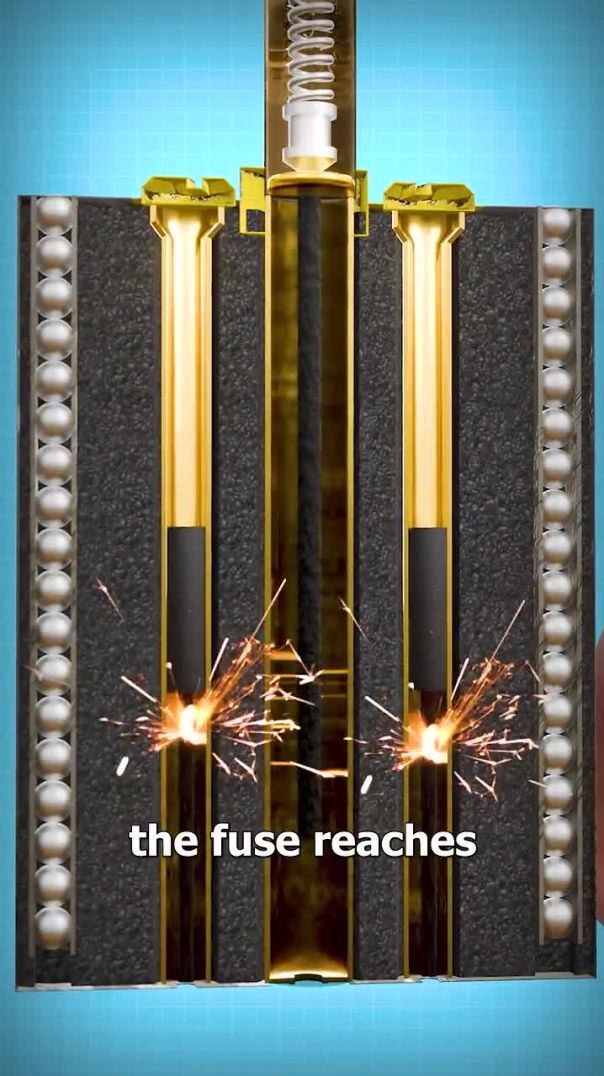


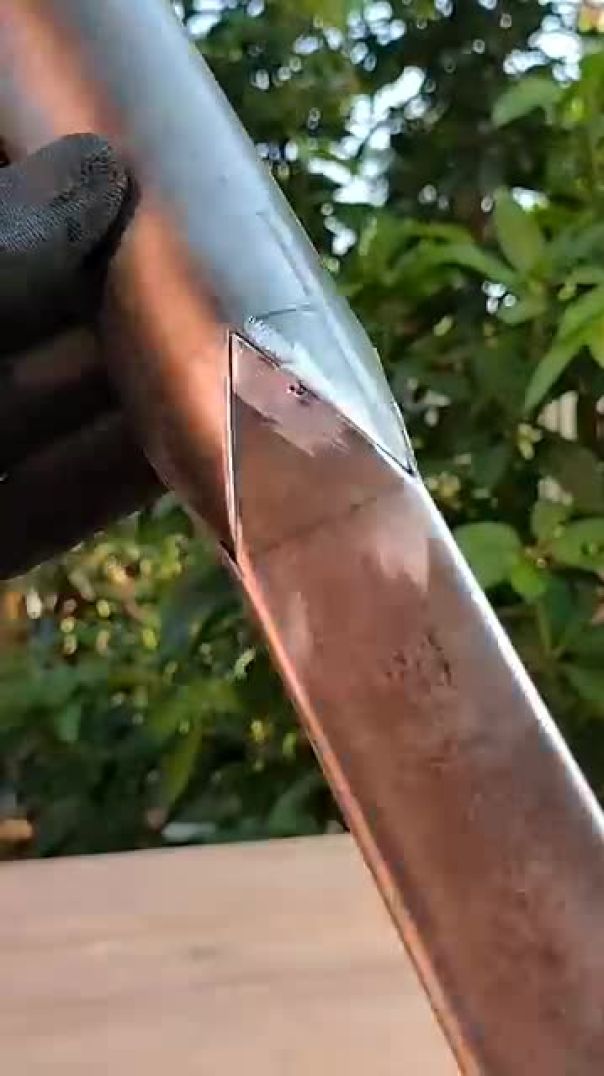

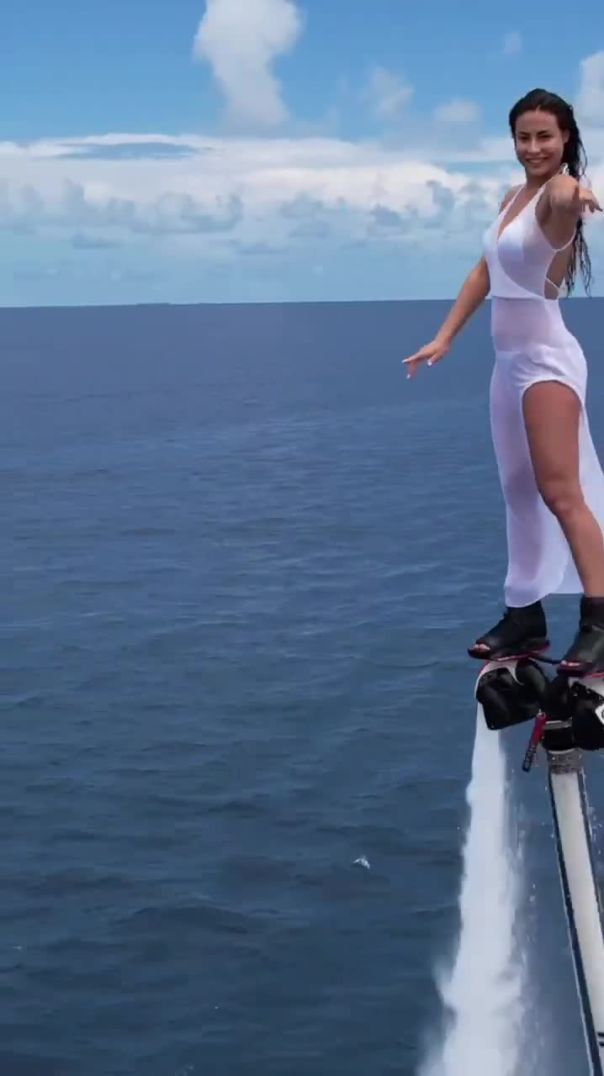
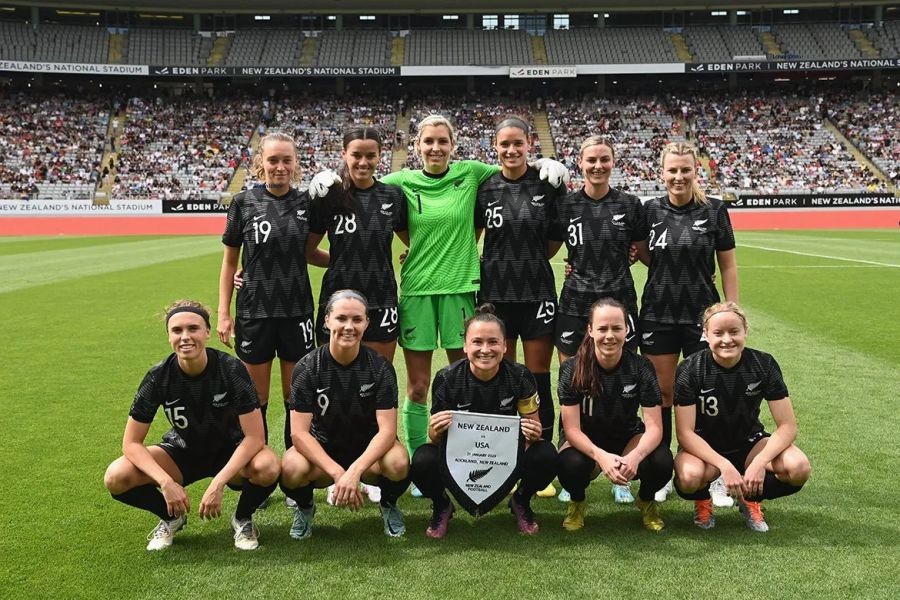



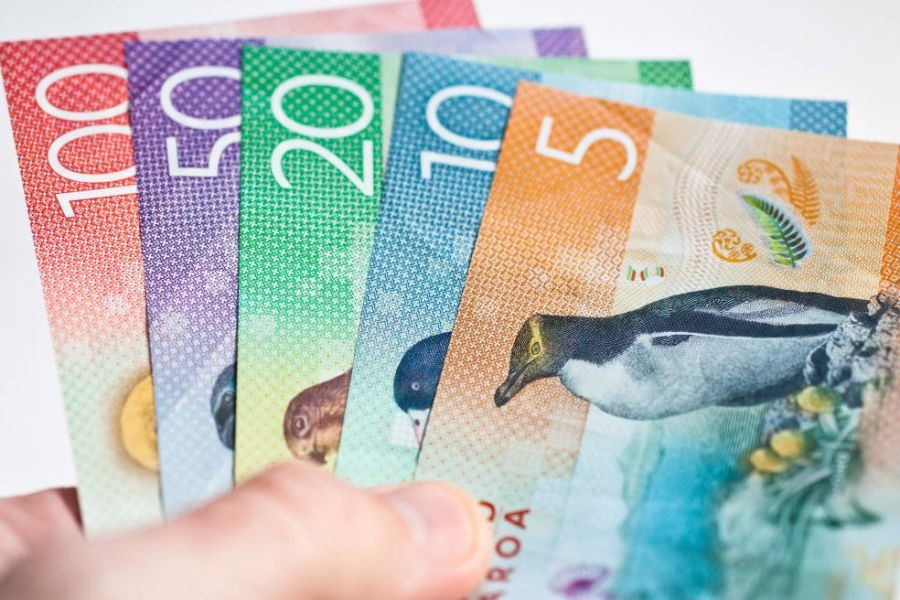
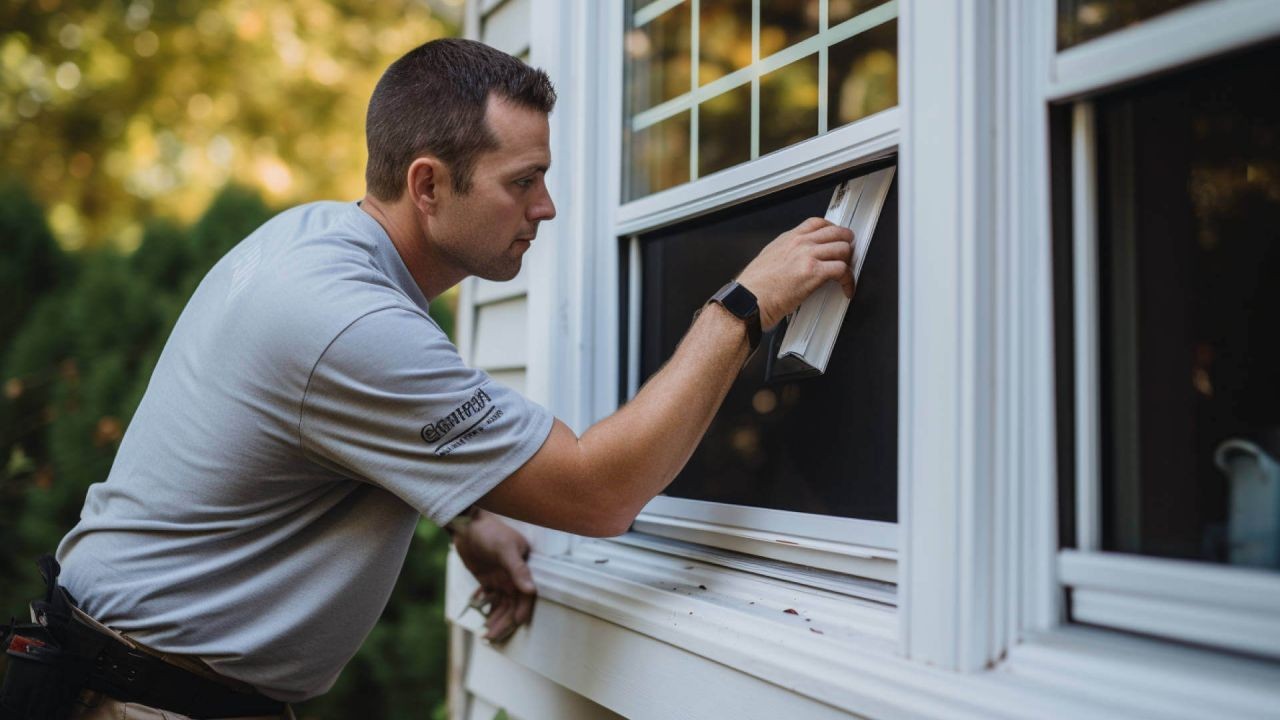



















FredericFa
6 months ago